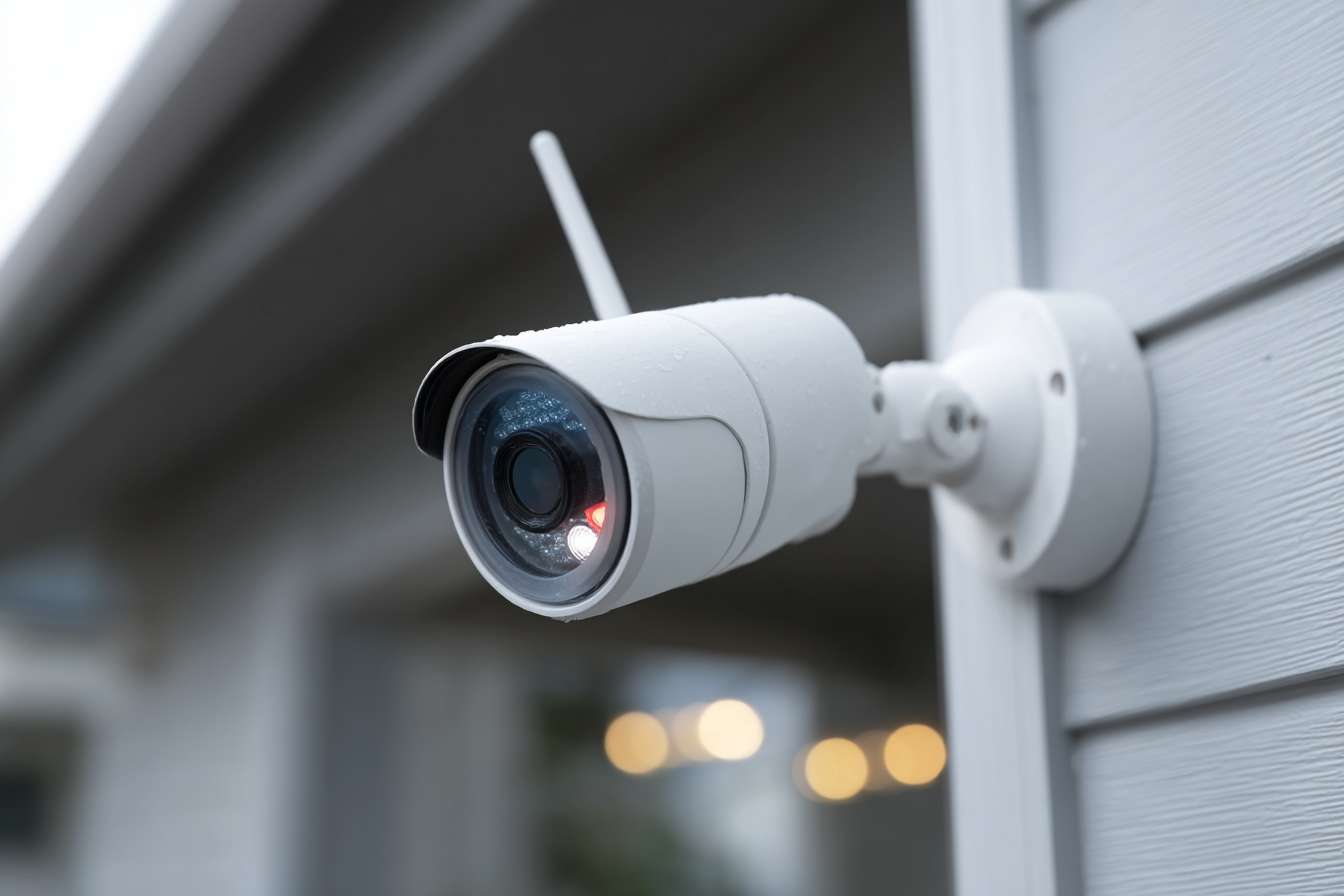Find more Home Security Systems
Protecting your home has never been more accessible or technologically advanced. Modern home security systems combine smart alarm solutions, wireless cameras, and 24/7 monitoring capabilities to create comprehensive protection for your property. Whether you're looking to deter intruders, monitor package deliveries, or simply gain peace of mind while away, today's home protection devices offer flexible, user-friendly options that fit various needs and budgets.

Modern home security technology has transformed how we protect our properties and loved ones. With advancements in wireless connectivity, artificial intelligence, and cloud storage, homeowners now have access to sophisticated protection systems that were once available only to commercial properties. Understanding the available options helps you make informed decisions about safeguarding your home.
What Makes a Complete Home Security System
A comprehensive home security system typically includes several interconnected components working together to provide complete protection. The foundation usually consists of a control panel or hub that manages all connected devices. Door and window sensors detect unauthorized entry points, while motion detectors identify movement within protected spaces. Modern systems integrate wireless home cameras that provide visual verification of events, allowing homeowners to see what triggered an alarm. Many systems also include environmental sensors for smoke, carbon monoxide, and water leaks, extending protection beyond intrusion detection. The integration of these components creates multiple layers of security that work simultaneously to protect your property.
How Smart Alarm Solutions Enhance Protection
Smart alarm solutions represent a significant evolution from traditional security systems. These intelligent systems learn your household patterns and can distinguish between normal activity and potential threats. They connect to your smartphone, sending instant notifications when sensors are triggered or unusual activity is detected. Many smart alarm solutions integrate with voice assistants, allowing you to arm or disarm your system using voice commands. Geofencing technology can automatically arm your system when you leave home and disarm it upon your return. Some advanced systems use artificial intelligence to reduce false alarms by recognizing pets, family members, and regular visitors. The connectivity and automation features make smart alarm solutions more responsive and user-friendly than conventional security systems.
Benefits of Wireless Home Cameras
Wireless home cameras have revolutionized residential surveillance by eliminating the need for complex wiring installations. These cameras connect to your home network via WiFi, making them easy to install and relocate as needed. Most wireless cameras offer high-definition video quality, night vision capabilities, and wide-angle lenses to maximize coverage areas. Two-way audio features allow you to communicate with visitors or potential intruders through the camera. Cloud storage options ensure your footage remains accessible even if the camera is damaged or stolen. Many wireless cameras include motion-activated recording to conserve storage space and battery life. Weather-resistant outdoor models withstand various environmental conditions while maintaining reliable performance. The flexibility and ease of installation make wireless home cameras an essential component of modern security systems.
Understanding 24/7 Home Monitoring Services
24/7 home monitoring provides continuous professional oversight of your security system. When an alarm is triggered, monitoring centers immediately receive the alert and follow established protocols to verify the emergency and contact appropriate authorities. Professional monitoring services typically maintain redundant communication systems to ensure alerts reach them even during power outages or internet disruptions. Trained operators can assess situations by viewing camera feeds and communicating through two-way audio systems. Many monitoring services offer different response tiers, from simple alarm verification to full emergency dispatch coordination. Monthly monitoring fees vary based on service levels and contract terms. Some providers offer self-monitoring options where alerts go directly to your smartphone, giving you control over response decisions. The choice between professional and self-monitoring depends on your lifestyle, budget, and desired level of security assurance.
Comparing Home Protection Devices and Providers
Selecting the right home protection devices requires understanding the various options available in the market. Different providers offer distinct features, pricing structures, and service levels that cater to diverse security needs.
| Provider Type | Key Features | Typical Cost Range |
|---|---|---|
| Professional Installation Systems | Full installation, professional monitoring, cellular backup | $200-600 equipment + $30-60/month monitoring |
| DIY Smart Systems | Self-installation, app control, flexible monitoring options | $150-500 equipment + $10-30/month optional monitoring |
| Wireless Camera Systems | Standalone cameras, cloud storage, motion detection | $50-300 per camera + $3-15/month storage |
| Comprehensive Packages | Cameras, sensors, alarms, environmental monitoring | $300-1000 equipment + $20-50/month services |
Prices, rates, or cost estimates mentioned in this article are based on the latest available information but may change over time. Independent research is advised before making financial decisions.
Choosing the Right System for Your Needs
Selecting an appropriate home security system involves evaluating your specific requirements, property characteristics, and budget constraints. Consider the size of your home and the number of entry points requiring protection. Assess whether you prefer professional installation with ongoing support or a DIY system that offers greater flexibility and lower costs. Think about your monitoring preferences and whether you want professional oversight or prefer managing alerts yourself. Evaluate the importance of smart home integration if you already use other connected devices. Consider future expansion possibilities as your security needs may evolve over time. Research customer reviews and company reputations to ensure reliable service and support. Many providers offer trial periods or money-back guarantees, allowing you to test systems before making long-term commitments. Taking time to thoroughly evaluate your options ensures you select a system that provides effective protection while fitting your lifestyle and financial considerations.
Home security systems continue to evolve with technological advancements, offering increasingly sophisticated protection at various price points. By understanding the components, features, and options available, you can create a security solution that provides peace of mind and effectively protects your home and family.




